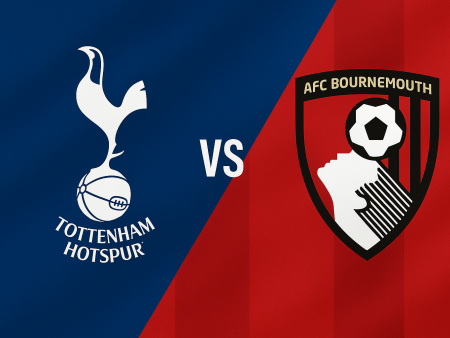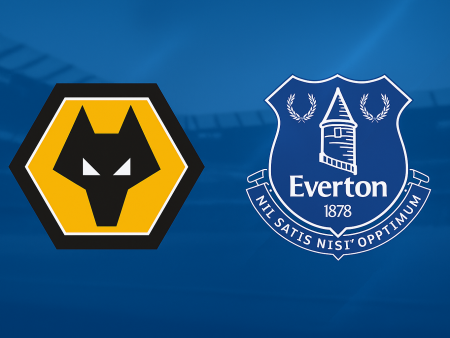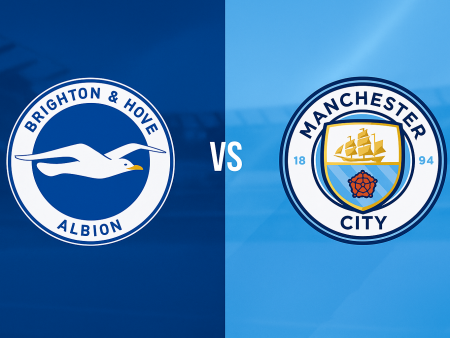The Evolution of Chance Creation in Football: Beyond Zone 14
In football tactical analysis, few concepts have sparked as much debate as the significance of ‘Zone 14’—the area located just outside the opposition penalty area, at the center of the pitch. Developed through studies in the late 1990s, this zone was found to be a frequent visiting ground for successful attacking teams. However, modern football strategies and data-driven insights have begun to question whether Zone 14 truly represents the optimal avenue for creating goal-scoring opportunities.
Understanding Zone 14 and Its Tactical Role
Zone 14 gained its reputation as a crucial region for chance creation because historical research suggested teams that accessed this area more often tended to achieve greater success. The logic was straightforward: the central corridor just outside the box places attackers in prime position to influence play, yet it is also the most congested and fiercely guarded by defensive units.
Yet, a closer review of these studies raises important nuances. The evidence primarily indicates that dominant teams enter Zone 14 more frequently—not that this area inherently generates better chances or more goals. It’s plausible these teams simply excel in ball retention and positional play all over the pitch, rather than benefiting directly from any unique tactical magic linked to Zone 14. Furthermore, passing lanes in this zone are commonly blocked, making it harder for creative players to effectively progress the ball into the box.
The Rise of the Half-Spaces in Modern Attack
While public analysis often emphasizes central playmaking zones, the most dynamic chance creators frequently operate elsewhere. Notably, the pitch’s ‘half-spaces’—the vertical channels between the central and wide areas on either side of Zone 14—have emerged as the most productive engines for attacking creativity.
Players such as Kevin De Bruyne, Bruno Fernandes, and Fran Kirby have developed a mastery for finding and exploiting these half-spaces. Unlike traditional number 10s who occupy central pockets, today’s top creators time their movements into these flanking channels, catching defenders off-guard and arriving with added time to make decisive plays.
Inverted wingers—attackers who cut into central positions from wide starts—also gravitate into these areas, increasing the traffic and unpredictability for defenders. The half-spaces offer a unique blend of proximity to goal, improved crossing angles, and alignments that challenge defensive structure in ways neither wide nor central channels can match.
Tactical Advantages of Attacking From the Half-Spaces
The structural advantages of the half-spaces are clear:
– **Variety and Danger of Deliveries:** Players attacking from the half-spaces can whip crosses or passes away from the goalkeeper, making it tricky for defenders and keepers to intercept. This diversity of possible deliveries—drilled ground passes, chipped balls, or curling crosses—creates uncertainty and increases scoring potential.
– **Closer Access to Goal:** The half-spaces position the ball closer to the optimal strike zone without forcing attackers into the densest central traffic. Defenders have less time to reset, and attackers can exploit gaps in the defensive line.
– **Flexibility of Movement:** Unlike the touchline-hugging wide channels, which restrict movement options, the half-spaces allow players to turn, combine, and shoot with far greater latitude.
Top teams increasingly deploy creative set-piece routines, such as short corners designed to funnel the ball into the half-spaces. Rather than using star playmakers for the initial delivery from the corner flag, teams aim to position them in the half-spaces for second-phase service—taking advantage of the superior angles and less predictable trajectories.
Comparing Central, Wide, and Half-Space Attacks
The three key attacking corridors each offer distinct pros and cons:
– **Central Zone (Zone 14):**
– Best for: maintaining attacking presence and constructing moves through possession.
– Limitation: highly congested; passing lanes are frequently blocked; harder to deliver unpredictable final balls.
– **Wide Channels:**
– Best for: stretching play and providing crossing outlets.
– Limitation: close proximity to the touchline restricts movement options and makes defending the cross more straightforward.
– **Half-Spaces:**
– Best for: combining the proximity and unpredictability of central play with the variety of delivery typical of wide play.
– Limitation: requires sophisticated movement and understanding between teammates.
Strategic Recommendations for Coaches and Analysts
For coaches and tactical analysts, the lesson is clear: prioritizing entry into the most crowded central areas during settled attacking play may be less effective than exploiting the variability and spatial advantages of the half-spaces. That’s not to say teams should ignore Zone 14—in transitions and pressing situations, it can still be pivotal. However, for consistent chance creation, focusing on the half-spaces enables teams to:
– Vary attacking approaches and cross types
– Challenge goalkeepers from more difficult angles
– Allow creative players more space and time
Conclusion: Where Are Chances Best Created?
The landscape of football chance creation continues to evolve. While Zone 14 remains a key reference point in tactical literature, today’s most incisive attacks originate from the half-spaces. By employing top creators in these channels—whether through dynamic movement, clever rotations, or set-piece intelligence—teams can amplify their goal threat through greater unpredictability and superior crossing angles.
In summary, for those seeking cutting-edge offensive strategy, the half-spaces represent an essential area to target in both training ground drills and match-day planning.








